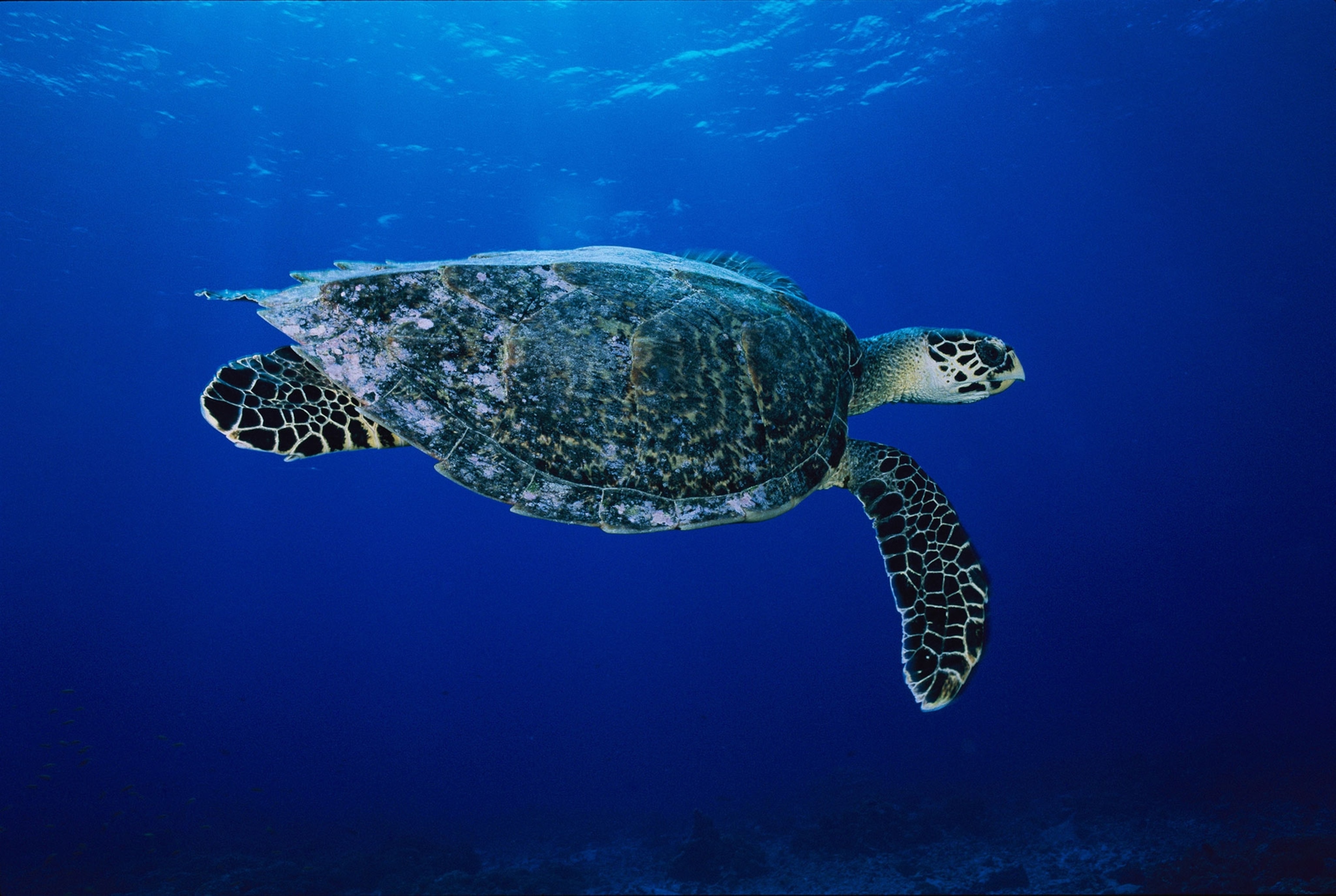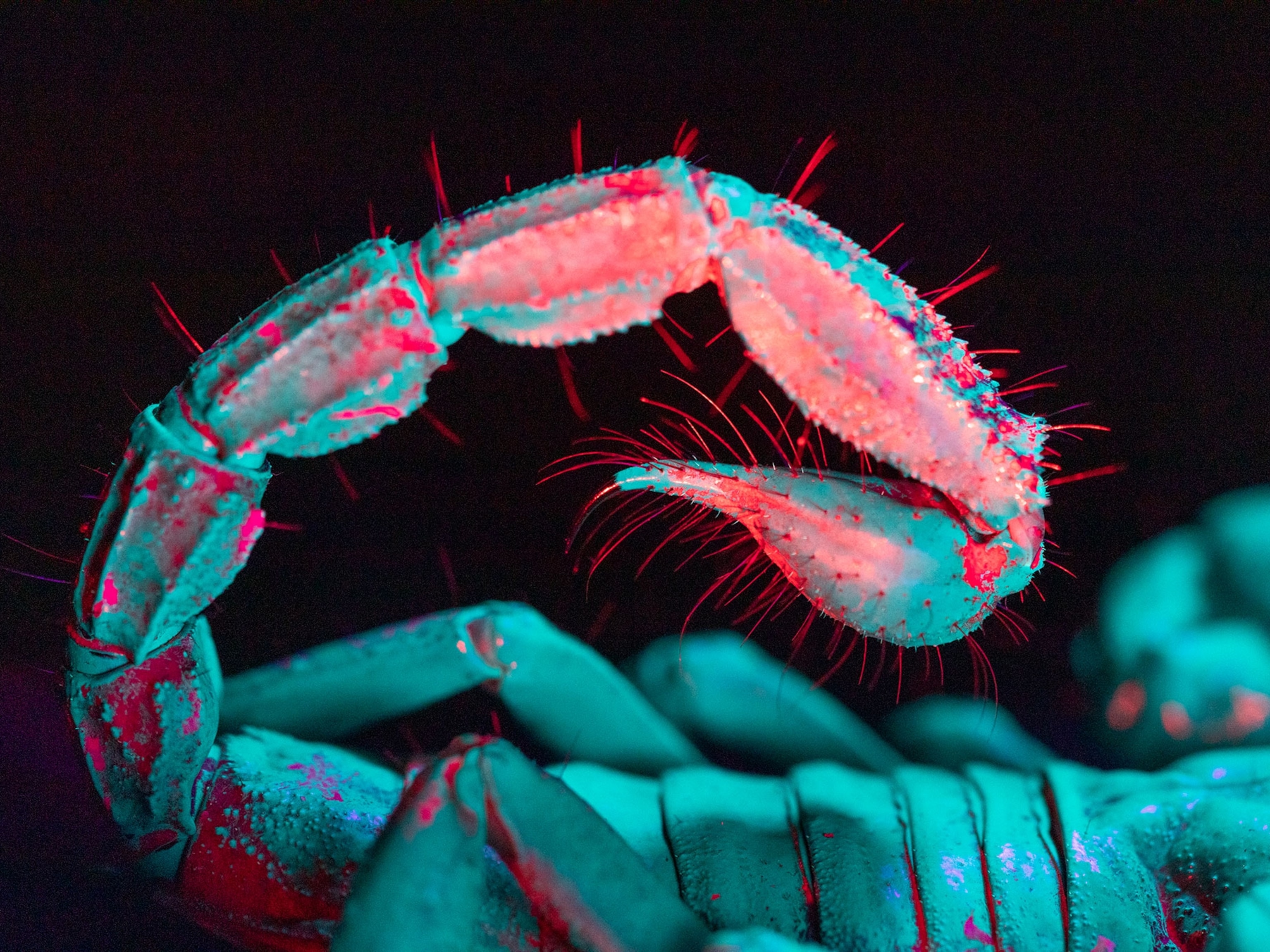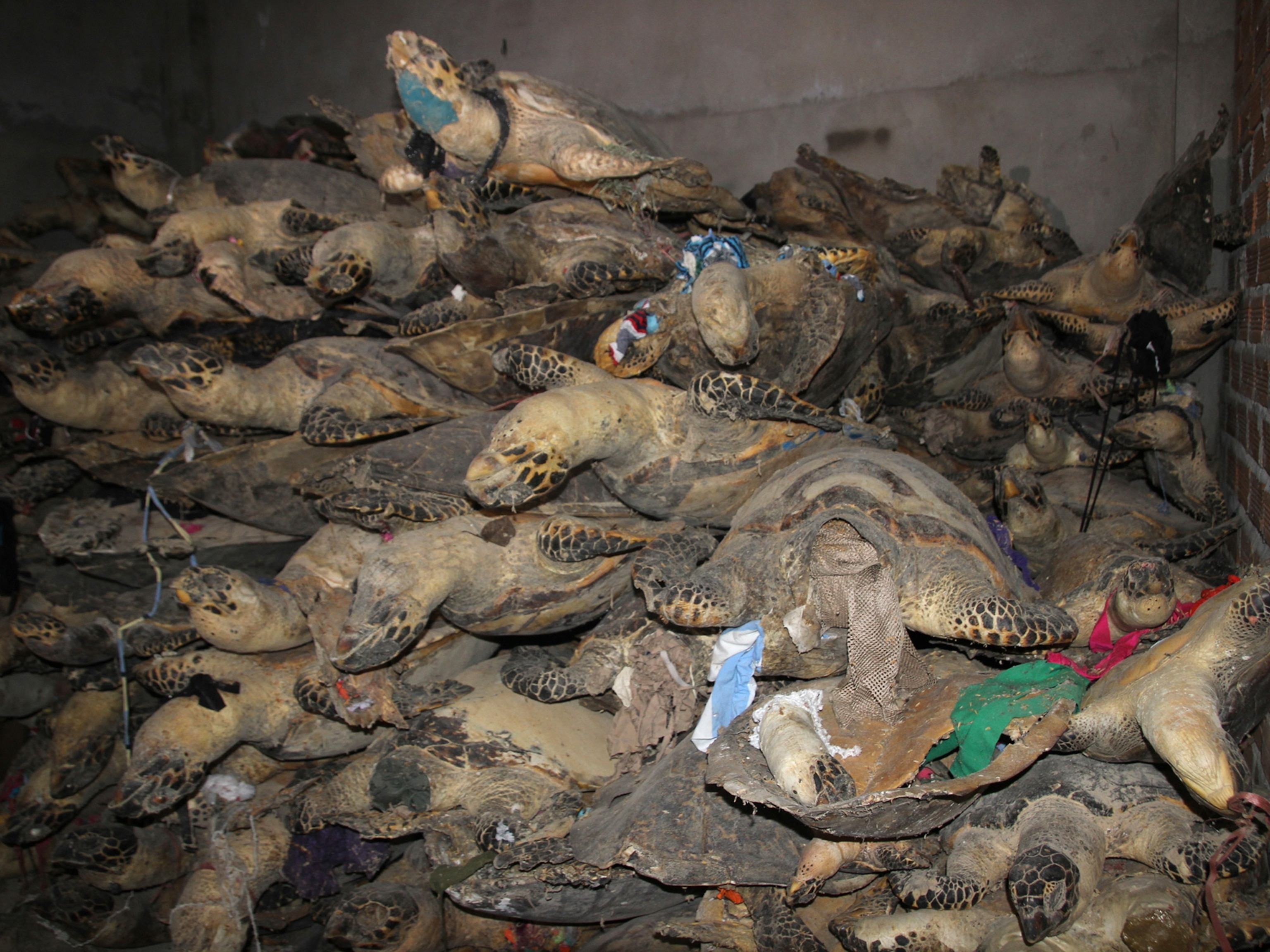
How GPS Can Help Save the World's Most Endangered Sea Turtles
Tracking hawksbill turtles by satellite is yielding information crucial to the fight to save them from poachers, traffickers, and hunters.
Hawksbill sea turtles, named for their pointed beaks, are teetering on the edge of extinction.
With populations down to perhaps 10 percent of what they were a century ago, according to Richard Hamilton, the Nature Conservancy’s Melanesia program director, hawksbills are the most critically endangered of all seven species of sea turtles. Found in the tropical and subtropical waters of the Atlantic, Pacific, and Indian Oceans, they’re also among the smallest.
They face seemingly insurmountable threats: a thriving illegal trade in their shells, poaching of their eggs, hunting for their meat, beach erosion and human development at their nesting sites, and degradation of coral reefs where they forage.
We don’t know exactly how many hawksbills are left. Counting them is complicated because they come ashore to nest only once every two to seven years, and when they do, they usually gather in small concentrations. The Sea Turtle Conservancy estimates that there are between 20,000 and 23,000 nesting females worldwide.
The Arnavons—four forested bumps within the Solomon Islands that support between 300 and 600 nesting females annually and a total nesting population of 2,000 to 4,000—form the largest rookery in the South Pacific.
According to Hamilton, poaching in the Solomons has been getting worse, and hawksbill shell products are for sale in the airport in the capital, Honiara. It’s legal for local people to harvest hawksbills for subsistence, but national law bans the sale of any turtle product, and international trade in hawksbills is also banned.
In April, during the peak nesting season, the Nature Conservancy and scientists and community leaders from the Arnavon Community Marine Conservation Area tagged 10 hawksbills with GPS trackers. Although two of the females were subsequently killed by poachers, data from the others have already provided insight on hawksbill movement and nesting and feeding habits.
Key findings so far:
- Sea turtles island-hop. Satellite tagging reveals that individuals nested on beaches in two main areas on Kerehikapa and Sikopo Islands. As a result the number of rangers has been doubled, from three to six, and rangers are present on both islands.
- The bulk of the nesting now occurs on Sikopo Island, likely because rising sea levels and storm surges have eroded the beaches on Kerehikapa. Sikopo has been less affected because it has more beaches at higher elevations.
- Some good news: While nesting, and during the two-week period between laying successive clutches of eggs, the turtles are spending nearly all their time within the protected area boundaries of the Arnavons.
- Migration patterns vary extremely. One of the tagged turtles stayed in the Solomons, but most of the others swam all the way back to Australia’s Great Barrier Reef, a distance of some 1,300 miles (2,092 kilometers), their home base until the next nesting journey. (Those returning to northern and central parts of the reef found a very different habitat from the one they’d left months earlier: Bleaching caused by warmer temperatures has killed more than 35 percent of the corals in those areas.)
Hamilton hopes to expand the turtle-tagging program. “We need to get a handle on current harvest rates,” he says. “Nobody has any idea of either the legal or illegal harvest rates, or on what’s sustainable.” With that information, it will be easier to nip illegal exports and get better enforcement.
In the long term, he says, the local people need to be informed about the turtles. If the community is involved in everything from naming the tagged turtles to monitoring the beaches, “I’m optimistic about the way forward.”
Read more stories about wildlife crime and exploitation on Wildlife Watch. Send tips, feedback, and story ideas to ngwildlife@natgeo.com.





